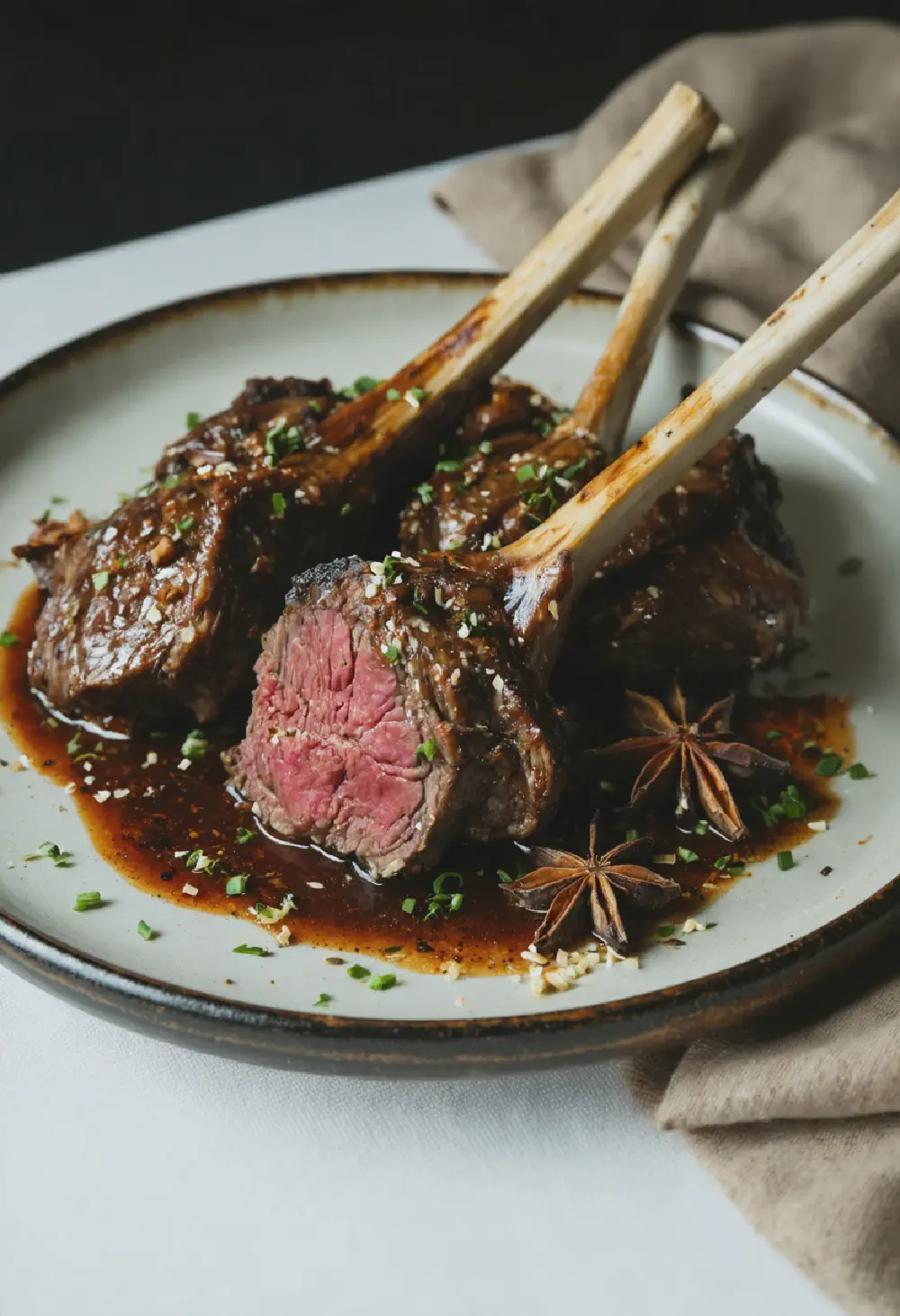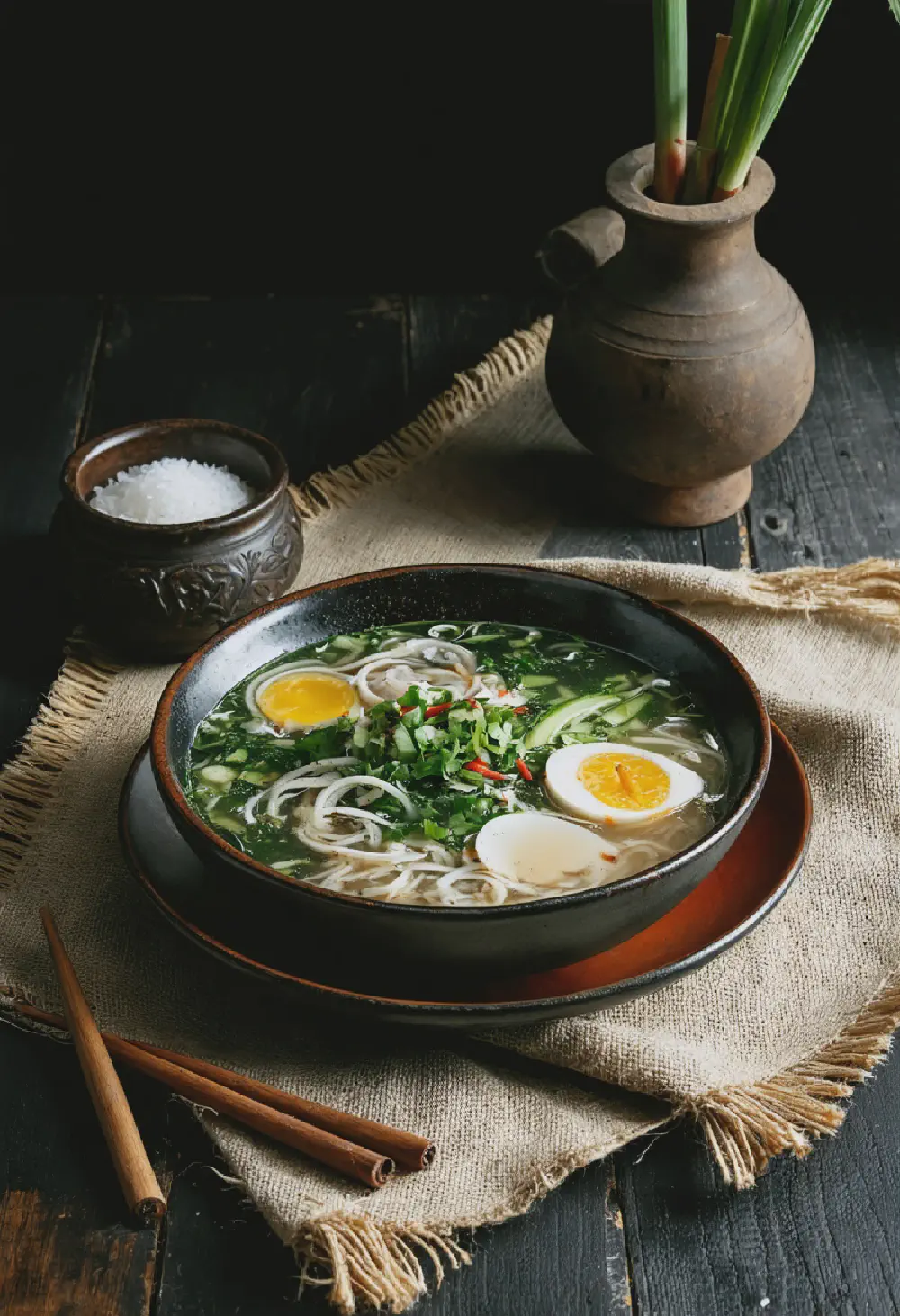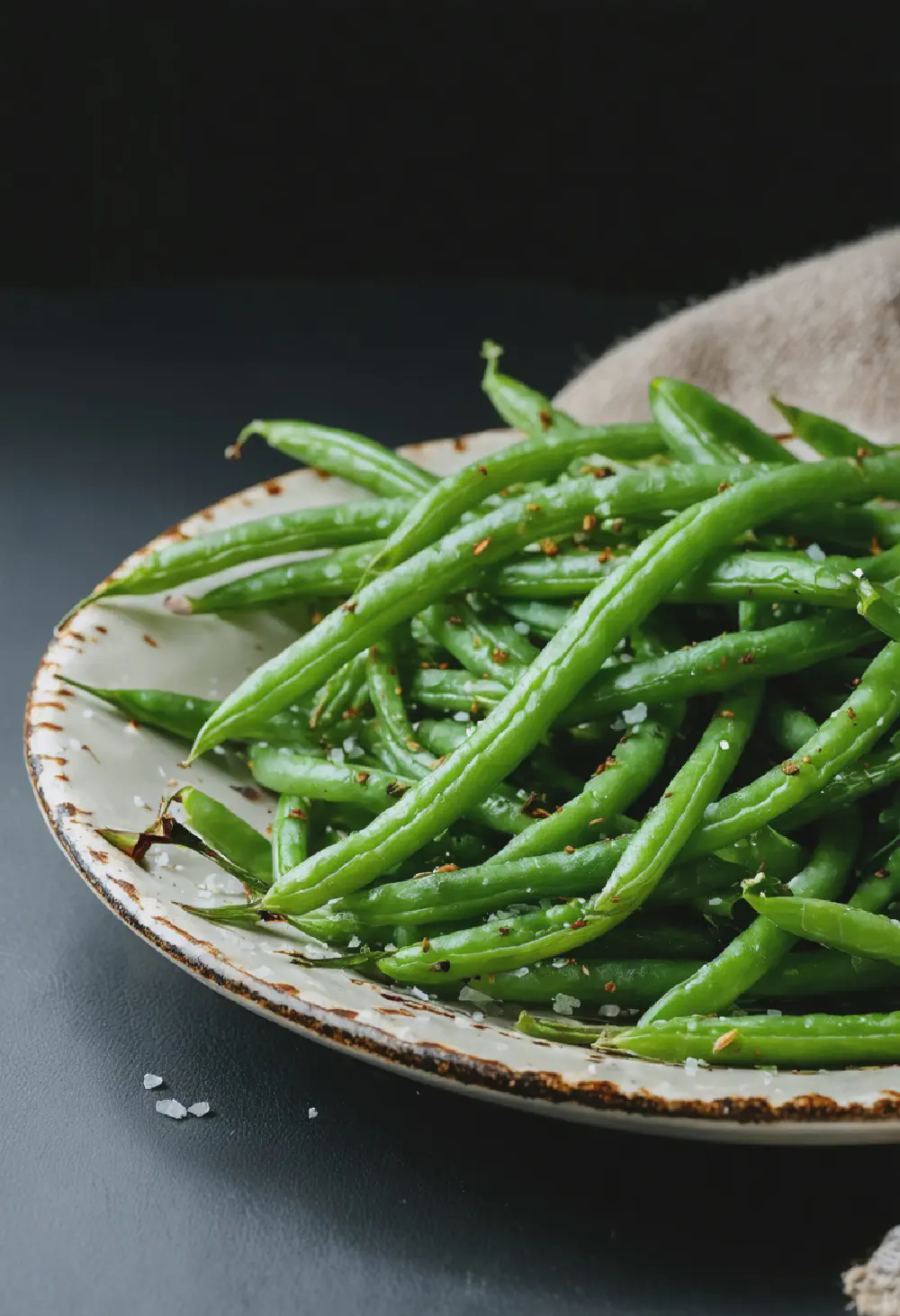Chicken Adobo
15M
1H
- Makes 4
- 1.5 lbs (680g) chicken thighs or drumsticks, bone-in and skin-on
- 1 cup (240ml) white vinegar
- 1/2 cup (120ml) soy sauce
- 1 head garlic, cloves peeled and smashed
- 2 bay leaves
- 1 teaspoon whole black peppercorns
- 1 tablespoon vegetable oil
- 1 cup (240ml) water
- 1 tablespoon brown sugar (optional, for a slight sweetness)
- In a large bowl, combine the vinegar, soy sauce, garlic, bay leaves, and peppercorns. Add the chicken pieces and marinate for at least 30 minutes, or up to overnight in the refrigerator for deeper flavor.
- Heat the vegetable oil in a large pot or Dutch oven over medium-high heat. Remove the chicken from the marinade, reserving the marinade, and brown the chicken on all sides, about 5-7 minutes.
- Pour the reserved marinade into the pot with the chicken. Add the water and bring to a boil.
- Reduce the heat to low, cover, and simmer for about 30-40 minutes, or until the chicken is cooked through and tender.
- If using, stir in the brown sugar to balance the flavors. Simmer uncovered for an additional 10 minutes to thicken the sauce slightly.
- Serve the Chicken Adobo hot, with rice to soak up the delicious sauce.
Chicken Adobo: A Flavorful Journey Through Filipino Cuisine
History
Chicken Adobo, a cornerstone of Filipino cuisine, has a rich history that traces back to the pre-colonial Philippines. The term “adobo” is derived from the Spanish word “adobar,” which means “to marinate.” However, the cooking method predates the Spanish colonization, originally used by indigenous Filipinos to preserve meat. The traditional technique involved stewing meat in vinegar, salt, and spices, which not only enhanced flavor but also extended the shelf life of the dish. Over time, as Spanish influences melded with local practices, soy sauce became a key ingredient, giving Chicken Adobo its distinctive taste. Today, this dish remains a beloved staple in Filipino households, celebrated for its simplicity and depth of flavor.
Taste Profile
The taste profile of Chicken Adobo is a harmonious blend of tangy, salty, and savory notes. The vinegar provides a sharp tanginess that cuts through the richness of the chicken, while the soy sauce adds a deep, umami flavor. Garlic and peppercorns contribute a warm, aromatic undertone, enhancing the overall complexity of the dish. The result is a comforting and satisfying meal that is both bold and balanced. Whether served with steamed rice or enjoyed on its own, Chicken Adobo offers a delightful culinary experience that is quintessentially Filipino.
Cultural Significance
In Filipino culture, Chicken Adobo holds a special place as a symbol of home and comfort. It is often prepared for family gatherings, celebrations, and even everyday meals, reflecting the communal spirit of Filipino cuisine. The dish’s versatility and ease of preparation make it a favorite among home cooks, passed down through generations as a cherished family recipe. Chicken Adobo also represents the fusion of indigenous and foreign influences in Filipino cooking, showcasing the country’s rich culinary heritage. As Filipinos around the world continue to share and enjoy this dish, Chicken Adobo remains a testament to the enduring legacy of Filipino cuisine.



















